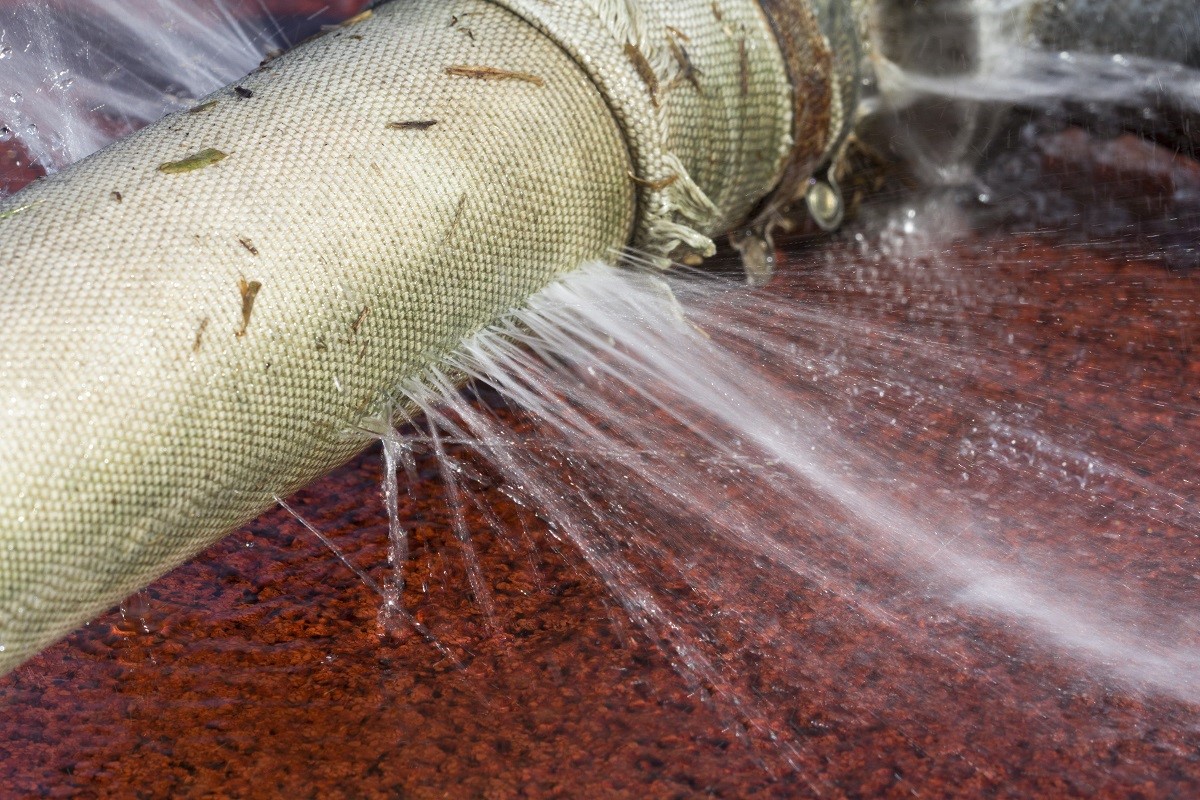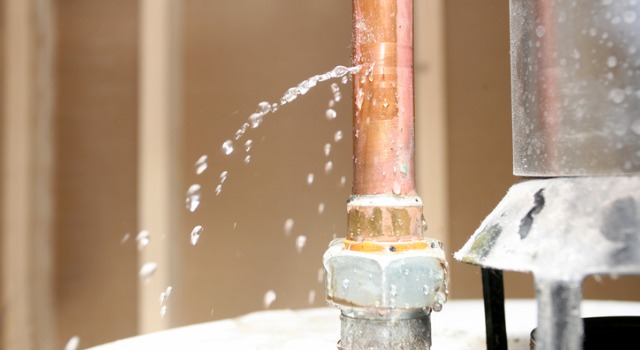We've uncovered this post pertaining to 6 Basic Steps to Stop a Burst Pipe from Getting Out of Control down the page on the web and think it made perfect sense to talk about it with you in this article.

The instant feedback when a pipeline bursts in your home is to go in full panic mode. Don't stress; you are not the only one as the majority of home owners feel in this manner, as well. Besides, this issue can result in significant home damages.
Though it might be hard to do, remain calm and also accumulated. Making rash decisions can make the situation even worse. To help you out, below are six immediate actions you must take when dealing with burst pipes. Bear in mind, understanding is power so reading up on this prior to it occurs will allow you to remain in control even amid a massive emergency water leakage:
Try a DIY Pipeline Repair Work
If you've obtained handyman skills, do a small repair service like sealing off a small split. You can get piping sealant to make quick fixes. Be cautious with the application, so you do not intensify any type of issues. If you require to tighten up a few nuts as well as bolts, withstand the urge to over-tighten as this can cause leakages down the line.
Shut the Key Water Valve
After a fast scan, you can now turn off the main supply of water. Maintaining water running will lead to huge damage. The last thing you need is significant flooding warps wood floors or damages home appliances as well as furniture. You also intend to avoid mold growth. Turn off the shutoff and call the plumber for an emergency examination.
Drain pipes the Pipe
As you await the plumber to arrive, drain pipes the water flowing in the pipes. Just run your tap and also purge the toilet to make certain that whatever water is staying will totally drain. When you do this, the leak will certainly stop going where it's not supposed to be to begin with. Keeping that, the plumber can also function quicker. Simply don't forget to shut down the tap after the pipes are drained pipes.
Get Rid of Any Standing Water
Do not allow any standing water sit for too. It will cause even more damages if water seeps right into your floorings or carpeting. You also don't desire it to move into crucial products like electronic devices. Tidy up the water as well as completely dry the area off quickly. If you have electric followers, maintain them going to flow the air and promote faster drying.
Conduct a Quick Visual Assessment
Though your reaction is to shut off the valve immediately, pause for a while as well as carry out a quick visual examination of the site. Attempt and also identify where the water is dripping from. Doing so will certainly allow you to recommend the plumber on what location to consider. This less-than-a-minute examination will conserve you time as well as assist your plumber swiftly identify the origin.
Call a Dependable Plumber
If you feel uncertain about your abilities to deal with a tiny fracture or small leak, it is best to call a professional plumber. When it comes to repairs, they have the expertise, abilities, tools, and experience to obtain points done fast. Dabbling with pipelines is not a joke as it can cause more problems if done incorrectly. Finding a respectable plumbing service ensures your water leakage is taken care of efficiently and also properly.
A Frozen Pipe Has Burst, What Are The Next Steps?
How to Tell if Pipes are Frozen
It’s important to catch frozen pipes early to prevent damages. Typically, you will be able to boost your thermostat or talk a professional plumber before any damage occurs. However, here are a few signs that will help you identify if your pipe is frozen.
No Water – An obvious sign that you have frozen pipes is if there’s a complete lack of water coming from your faucets or fixtures. Frost – If you can gain access to view your pipes, check to see if there is visible frost on them. Take note of which parts of the pipe has frost. Smell – If your pipes freezes, it will block food and waste down your drain, causing a backup and your room to begin to have a bad smell. How to Tell if a Frozen Pipe has Burst
Inspect the Inside of the Building. Go through each area of the building and look for actively dripping water and signs of water damage. Examine any exposed pipes and check them for frost or condensation. Especially keep an eye on rooms such as bathrooms, kitchens, laundry rooms, and unheated areas of the building. Turn on the faucets and flush your toilets. Ensure they are working and the water has no discoloration or smell to it. If there is only a slow trickle of water coming out, or no water at all, this might mean a frozen pipe has burst. Check your water meter. If all fixtures in the building are off and it still shows movement, this could be a sign of a burst. Check the exterior of the building. Look for water building up anywhere out of the ordinary, or sinkholes in your yard. Remove Water Right Away
It is important to clean up water right away to prevent mildew and mold buildup. You will need towels, buckets, mops, and a wet/dry vacuum. Do not wait for the plumber to remove the water for you, the longer you wait the more likely it is that you’ll get mold or severe water damage.
Avoid Extreme Temperatures
First off, make sure the temperature in your home is no lower than 55*F. If you are going to be gone for a long time, turn off your water with the shut off valve to prevent freezing and bursting.
Don’t Leave Still Water in Pipes
When the weather gets too cold, you should let water drip from your faucet. While the dripping might be irritating, this will help prevent water from freezing. You can detect a frozen pipe if the faucet stops working, or the toilet doesn’t refill.
Taking Precautions with Frozen Pipe Damage
A burst pipe is one of the most common issues people face at home. There can be a number of reasons why pipes burst in harsh climate conditions such as extremely cold temperatures. Low to freezing temperatures can freeze the pipes, causing there to be frozen pipe damage and leading them to burst. Regardless of the type of pipes – whether they be metal or plastic, they can still expand or burst and cause water damage to your home. A burst pipe also requires a significant amount of costs in repairs. This is why it’s important to take all the safety measures to prevent pipes from bursting.
Below are some frequently asked questions and helpful steps to take to safely solve any problems you may be experiencing with your pipes at home.
What to Do When a Pipe Bursts:
Turn off the main water supply Contact a professional Quickly remove and clean excess water to avoid further water damage. Take pressure off pipes by draining the faucets Circulate warm air in your home to slowly thaw pipes Use a repair sleeve to temporarily cover the damaged area of the pipe https://jenkinsrestorations.com/frozen-pipe-has-burst-whats-next/

I'm very drawn to 6 Basic Steps to Stop a Burst Pipe from Getting Out of Control and I am hoping you liked the entire article. So long as you enjoyed reading our blog posting if you please do not forget to share it. I am grateful for your time. Don't hesitate to stop by our site back soon.
Plumbing woes? We help.